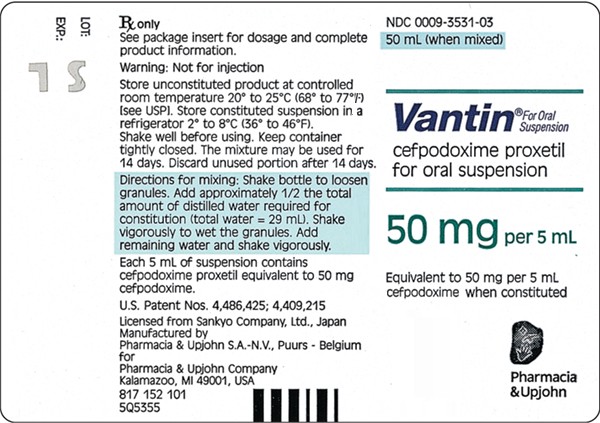Which of the following are signs of intraventricular hemorrhage (IVH)? (Select all that apply.)
a. Hypotonia
b. Bradycardia
c. Sudden deterioration in condition
d. Hypoglycemia
e. Metabolic alkalosis
f. Sudden decrease in oxygen saturation
A, B, C, F
Signs of intraventricular hemorrhage include sudden decrease in oxygen saturation, sudden deterioration in condition, hypotonia, bradycardia, hyperglycemia, and metabolic acidosis. Additional signs include tense, bulging anterior fontanel; significant decrease in hematocrit level; seizures; and apnea.
You might also like to view...
The student nurse studying shock understands that the common manifestations of this condition are directly related to which problems? (Select all that apply.)
a. Anaerobic metabolism b. Hyperglycemia c. Hypotension d. Impaired renal perfusion e. Increased perfusion
While speaking with a patient who is experiencing depression, which of the following strategies might be most helpful?
a. speaking very loudly since they are certainly hard of hearing b. recording important information for them in a notebook to refer to later c. ignoring the person and discussing their condition with a family member d. telling them that their depression will go away on its own if they think positively
A 40-year-old African American patient has scleroderma manifested by CREST (calcinosis, Raynaud's phenomenon, esophageal dysfunction, sclerodactyly, and telangiectasia) syndrome. Which action will the nurse include in the plan of care?
a. Avoid use of capsaicin cream on hands. b. Keep environment warm and draft free. c. Obtain capillary blood glucose before meals. d. Assist to bathroom every 2 hours while awake.
Once reconstituted according to instructions, how much solution is contained in the bottle of Vantin®? 
A. 50 mL B. 100 mL C. 75 mL D. 250 mL